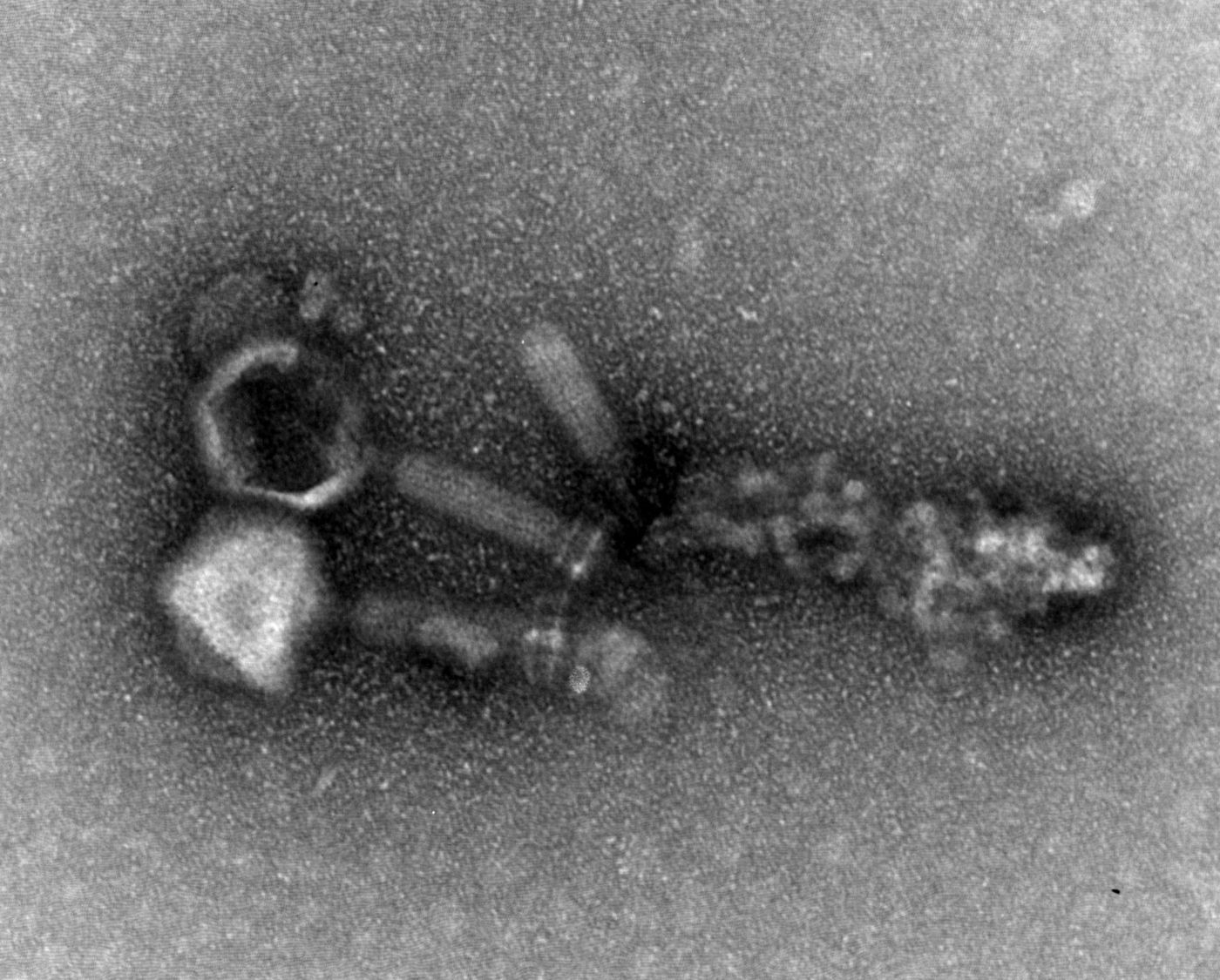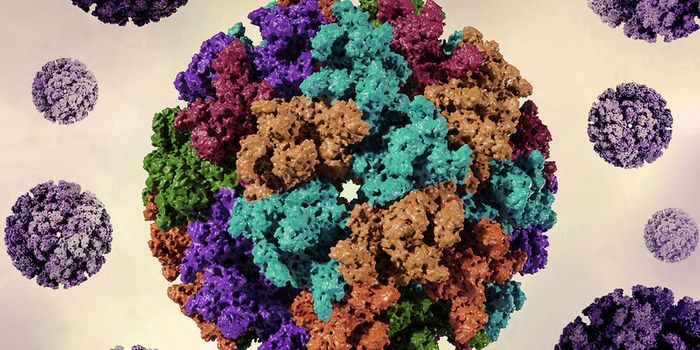What we can Learn From Viruses that Infect Bacteria
We share the world with untold numbers of bacteria and viruses. Researchers are just starting to investigate how these microorganisms interact with one another, and how those relationships affect us. Viruses that infect bacteria are called phages, and scientists have found that the same phage can have a markedly different effect on different kinds of bacteria. Understanding these interactions may help us develop strategies to protect the environment or improve human health, scientists suggest. Reporting in The ISME Journal, researchers at the Ohio State University are using advanced equipment to study the complexities of these microbial relationships.
What are bacteriophages? Check out the video to learn more.
"We're trying to understand how effective a virus, or phage, is when it infects one bacteria versus another and we've learned that there are important differences," said lead researcher Cristina Howard-Varona, a postdoctoral microbiology researcher at Ohio State. “In any environment, not all phages are going to infect in the same way, at the same speed, and with the same success."
The US Department of Energy collaborated on this research. The team looked at genetically similar bacteria that are commonly found in our environment and can impact health, disease, and nutrition; they assessed what happened when the bacteria were infected with the same or different viruses. Next-generation sequencing and an Orbitrap mass spectrometer revealed more.
"The infection efficiency was very, very different when looking at two different phages that infected the same bacterial host. In one case, the phage propagates and kills cells incredibly fast - in about an hour - and in the other case it's much slower, more than ten times as long," Howard-Varona revealed.
This research is still getting off the ground, but the idea is to use information gleaned from these relationships so that human health and the environment will benefit, she added.
"In some cases, phage infection is good and you could envision intervening to boost infection efficiency to fight all sorts of human pathogens that are no longer sensitive to antibiotics, such as MRSA," Howard-Varona noted. "But to do that, we need to understand the basic mechanisms, including those outlined in this study."
The work shows that ideal bacterial and viral interactions that are set up in the lab may not fully reveal how they interact in natural settings.
"When you look at natural phage and bacteria interactions, such as those in this study, you see that many steps in the phage-host interaction are needed to infect efficiently, and that the infection differs depending on the phage and the bacteria,” noted Matthew Sullivan, an associate professor of microbiology at Ohio State.
"Historically, in the lab, scientists have used these model systems with the fastest, greatest infection efficiency but that's not always true in nature - in water, or soil or in our bodies, and it's important to understand the differences,” Howard-Varona concluded.
Bacteriophages have been used in the clinic to save lives. It has been used as a last-resort therapy for multi-drug resistant infections. Learn more about a patient who received the treatment in the video.
Sources: AAAS/Eurekalert! Via Ohio State University, The ISME Journal









